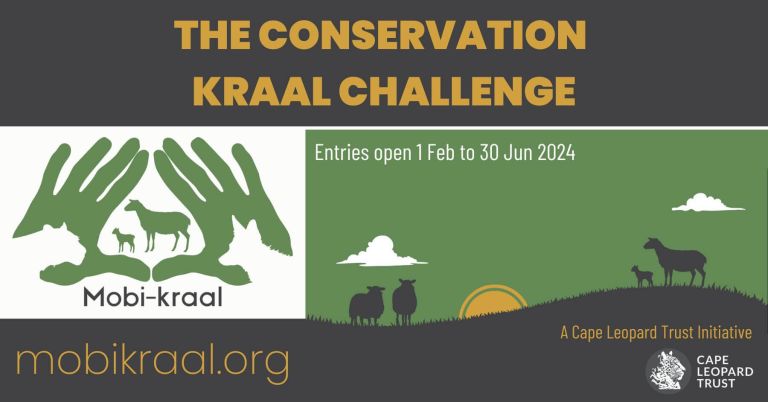The Cape Leopard Trust is a research-based organisation that utilises a variety of research techniques to gain a better understanding of the ecology and behaviour of the animals we study.
By gathering invaluable data, we can make informed decisions, based on scientific fact. These data can be applied to areas of resource conservation, human-wildlife conflict mitigation and further research.
This section looks at some of the research techniques adopted by the Cape Leopard Trust.
The Cape Leopard Trust Trapping Techniques
Trapping wild animals is an invasive process unavoidably causing the captured animal stress and a risk of injury. Trapping therefore needs to be justified i.e. benefits of trapping must outweigh the risks. click here.
Camera traps
Cape Leopards are notoriously shy and elusive, and extremely few people have been lucky enough to see one, and when they do it is usually only a short glimpse. Fortunately, there is a solution – digital cameras, containing an infrared sensor triggered by motion and heat (referred to as a camera trap). To read more about the camera trapping techniques we use, click here.
Dietary analysis
As part of the research we conduct on leopards in our project areas, we collect scats for dietary analysis. Through these studies we are able to determine what prey items are favoured by leopards which also have important management implications for this big cat. To read more on dietary analysis, and to find out what forms part of Cape leopards’ diets, click here.

















